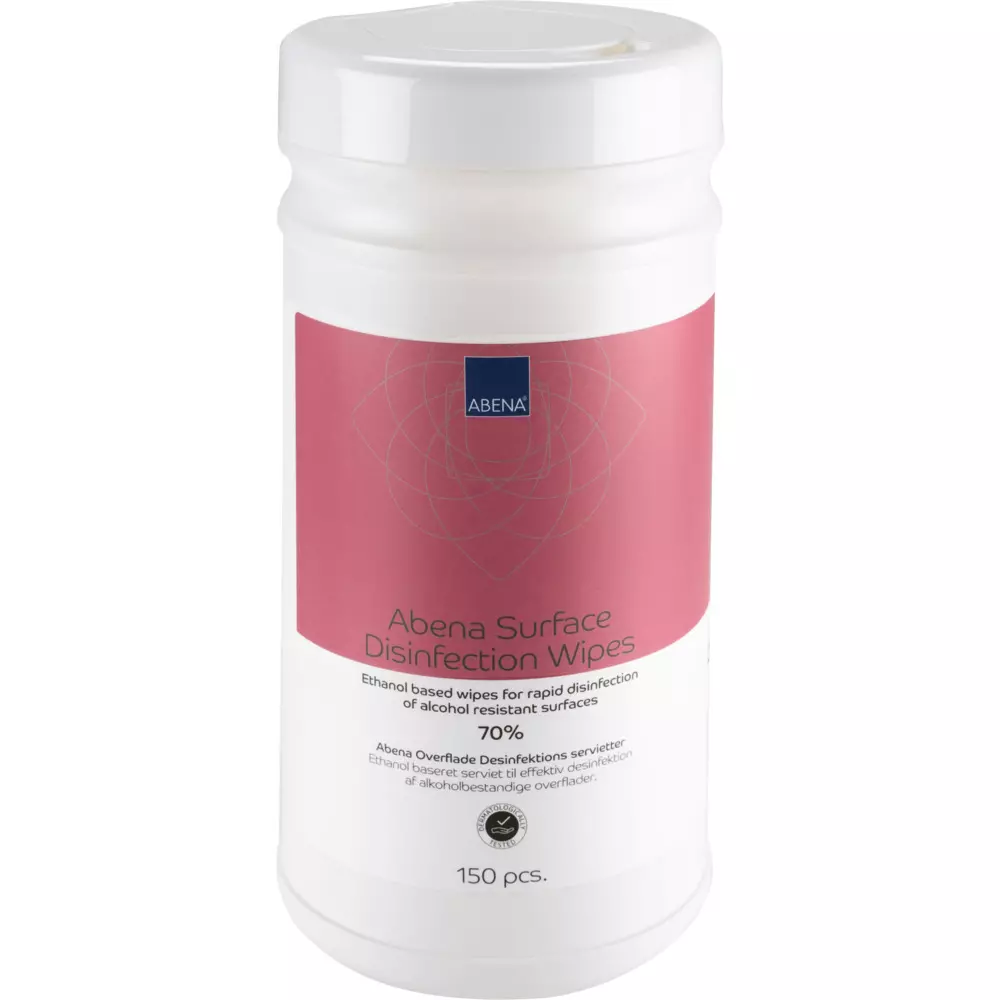
Product description
The product description has not been specified
About Antiseptic Hand Wipe
Antiseptic Hand Wipes are pre-moistened, disposable cloths that kill germs and bacteria on hands without soap or water. Perfect for on-the-go sanitizing in food service, healthcare, or travel situations, these convenient wipes help maintain hygiene standards when traditional handwashing isn't possible.
Standards and labels
Abena Ab delivery terms
Free delivery when you order more than 875,00 kr from Abena Ab
Supplier shipping fee 89,00 kr
Brand minimum 279,00 kr
Abena
Abena logo
Surface Disinfection Wipe 70% Ethanol, 900 pieces
Abena
Surface Disinfection Wipe 70% Ethanol, 900 pieces
Abena logo
5 / 5
609,64 kr
666,04 kr
Price per 6 packages (900 pcs)
0,68 kr / piece
Estimated delivery: Mon Dec 1
Choose size
Shipping fee is 89,00 kr for orders under 875,00 kr